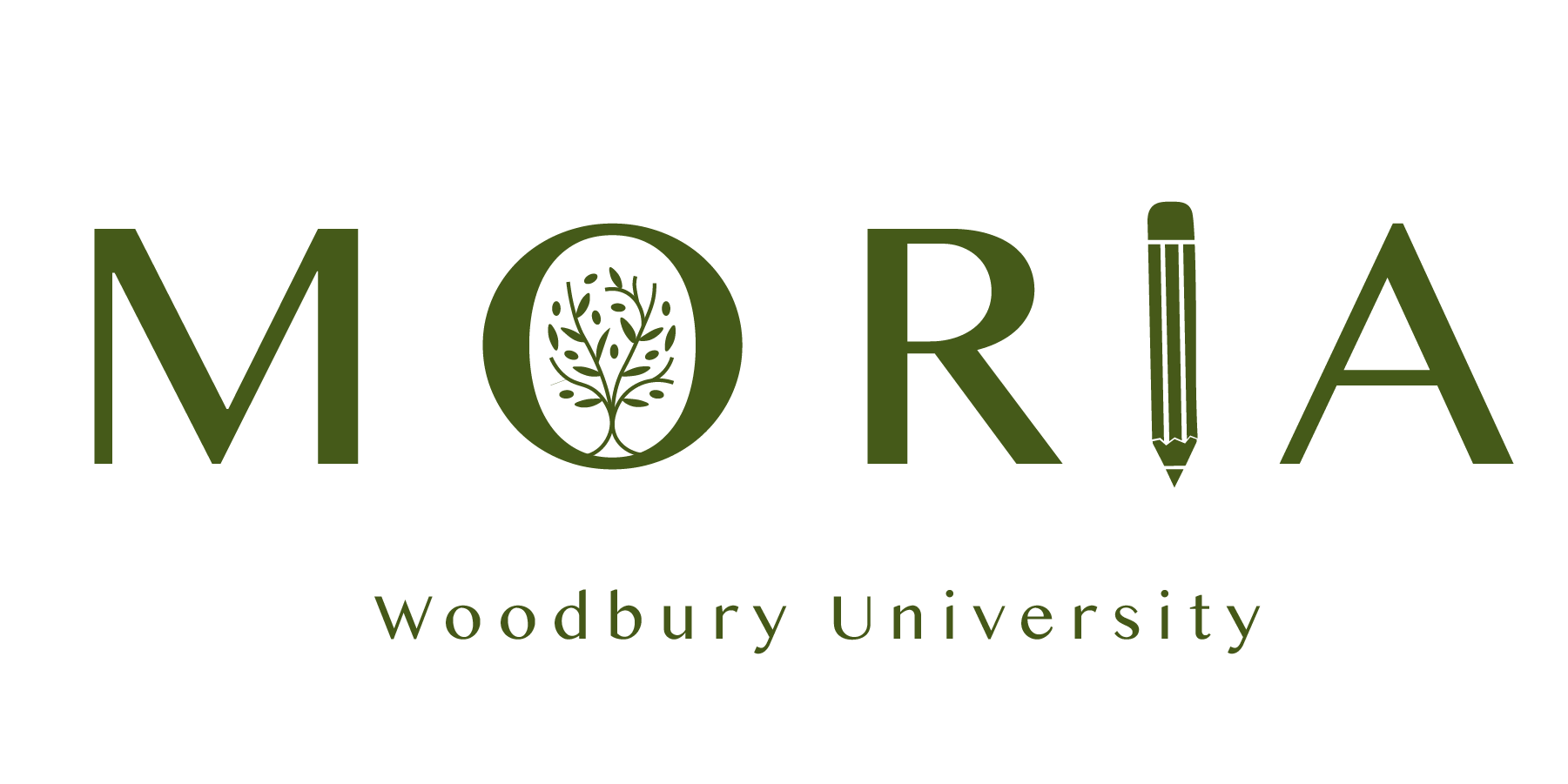"The Art of Rising: An Interview with Heidi Seaborn" by Alyssa Pieprzyca
I first heard of Heidi Seaborn when she submitted her poetry to MORIA back in 2017. Her haibun-esque poem, “tealeaves,” was published in MORIA’s very first issue, and I was part of the editorial staff that reviewed and chose this piece (haibun is an ancient form of Japanese poetry, which combines an initial prose poem that tells a story with a closing haiku that offers a lyrical reflection on the story). Aside from MORIA, Seaborn has been published in Nimrod, Mississippi Review, L’Ephémère Review, Penn Review, Yemassee Journal, American Journal of Poetry, to name but a few. She has also previously published one chapbook, Finding My Way Home (FLP), and now, her new full-length collection, published in March 2019 by Mastodon Publishing, Give a Girl Chaos (see what she can do).
I ask her how she thought about piecing the narrative arc of her book together, and she tells me that she “began to think through a potential book and its order, intention, and movement.”
I ask her how she would define her new book. She tells me it’s a “guide to thriving through challenging times, told through poems.” A how-to, but in poems? Yes, please!
So I ask her if she has always being writing poetry, but, surprisingly, she tells me she fell off her poetry horse after college and only got back on in 2016:
I wrote poetry starting when I was a teen and was published, won awards and scholarships. It was something I loved. Then, after university, I lost the plot for decades. I just didn’t write for a really long time. I would encourage other young poets to NOT follow my lead! Now I’m making up for all that lost time.
She tells me poetry helped her find her way and now she has the perspective, wisdom and a lifetime of experiences to draw on. She could have thrown her hands up and continued her executive position in some of the largest communication firms in the world. She could have said “it's too late.” She didn’t. After a successful career and after raising three children, Seaborn rediscovered poetry and began to write more. Between her own writing and getting her book launched, she edits for The Adroit Journal and sits on the Tupelo Press board.
Because her first full collection is coming at a time in her life when she can claim the wisdom of experience, she has much to draw on for her art. Often in her book, she seems to travel back in time, to imagine earlier memories and old wounds:
Freshman Year
In a few days, I’ll be
myself
again
plucking
out poetry on my orange Brother typewriter at my dorm room desk.
Out my window, California jaybirds perch in the black oak tree like
sapphires in Grammie’s brooch. My roommate plays David Bowie’s
Golden Years over and over beat blending with the hammering of
construction across campus.
In a few days, I’ll be
myself
the doctor says.
Only scars
like traffic arrows
across my thin wrists.
The poem’s speaker gives us a glimpse into a past, telling us of a time where they were close to ending it all, but thankfully didn’t. Seaborn’s simile for an attempted suicide, “Only scars / like traffic arrows / across my thin wrists,” leaves us with a lasting graphic image and the wonder of what drove the speaker to it. But even the image itself, the “traffic arrows,” suggests that the speaker is on a journey, and that the wounds are partly a roadmap to a life.
As Seaborn comments about the journey, “I’d like the reader to think about difficult, chaotic times as opportunities.” Put another way, her book documents the act of “thriving through challenging times.” If we come face-to-face with personal disasters or natural disasters--even terrorism--Seaborn tells us we can still manage; we can endure. She tells me her “greatest strength comes after adversity and chaos.” She channels both her pain and triumph into her poems, trying to tell us we can do it too. Art can come of tragedy. “People are amazingly resilient.” Seaborn adds that her wish for her book is for people to read it and take away a sense of empowerment.
So the next time we’re facing turmoil and utter chaos in our lives and keep asking ourselves, “why, why, why,” instead we can be reminded of all the hard times we’ve already been through and that our next stressor will also lead us to our next ounce of strength.
Alyssa Pieprzyca
Alyssa Pieprzyca is studying Communication and Professional Writing at Woodbury University. She was raised by her mother in Los Angeles and is the oldest of three. She is your textbook Capricorn, who you can probably find eavesdropping and writing in your local coffee shop.

